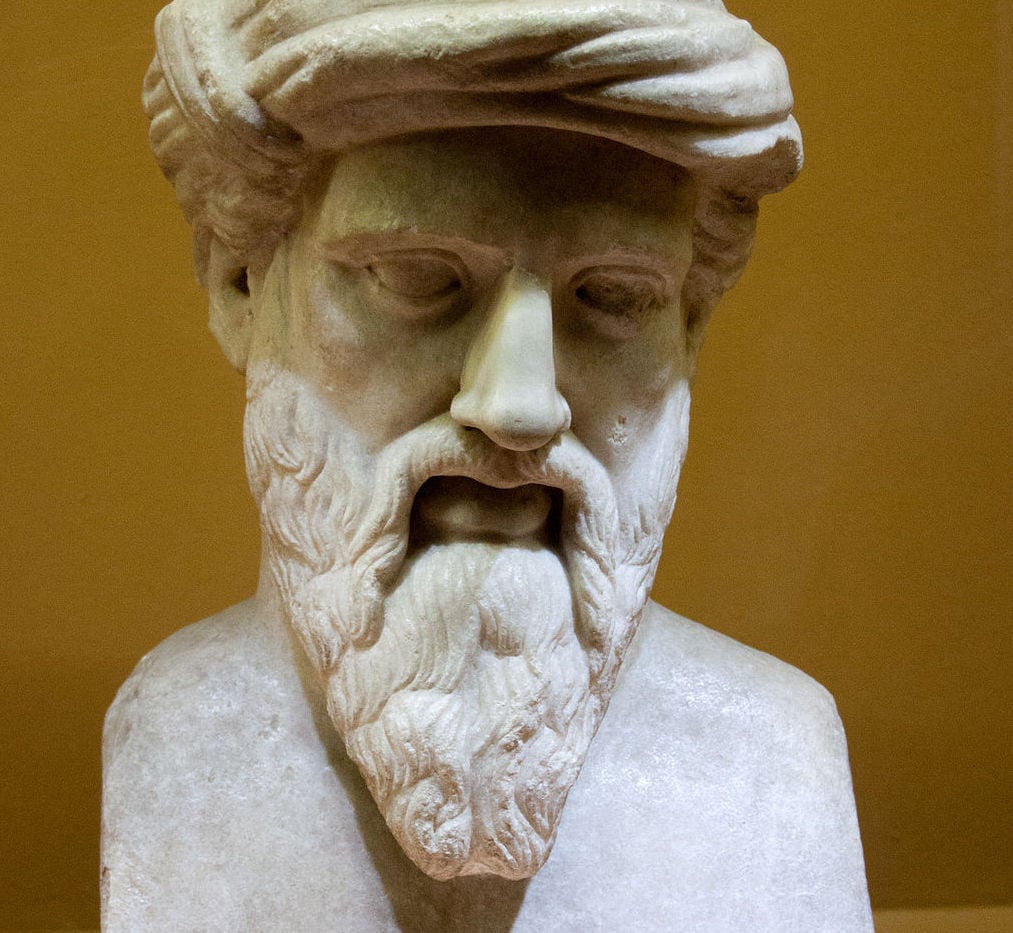
New research has shown that the tone and tuning of musical instruments has the power to manipulate people’s appreciation of harmony, challenging centuries of Western music theory and disproving ancient Greek philosopher Pythagoras’ musical theories in at least two ways.
What was ancient Greek philosopher Pythagoras’ musical theory?
The ancient Greek philosopher Pythagoras posited that ‘consonance,’ a pleasant-sounding combination of notes in music, is created by special interactions between simple numbers such as 3 and 4. More recently, scholars have attempted to put forward psychological explanations. However, these number ratios are still widely credited with making a chord sound pleasant, and moving away from them is believed to make music sound unpleasant.
Nevertheless, researchers from the University of Cambridge, Princeton, and the Max Planck Institute for Empirical Aesthetics have now discovered two key ways in which Pythagoras was incorrect.
The study, published in Nature Communications, shows that, in typical listening contexts, people do not actually prefer chords to be perfectly within these mathematical ratios.
“We prefer slight amounts of deviation,” said co-author Dr Peter Harrison from Cambridge’s Faculty of Music and director of its Centre for Music and Science. “We like a little imperfection because this gives life to the sounds, and that is attractive to us.”
Additionally, the research team found that the role played by these mathematical relationships—theorized by ancient Greek philosopher Pythagoras—disappears when people consider certain musical instruments that are less well-known to Western musicians, audiences, and experts.
These instruments tend to be gongs, bells, certain xylophone-type pieces, and other kinds of pitched percussion instruments. The study made a particular effort to understand the bonang, an instrument from the Javanese gamelan built from a collection of small gongs.

“When we use instruments like the bonang, Pythagoras’s special numbers go out the window and we encounter entirely new patterns of consonance and dissonance,” said Dr Harrison, a Fellow of Churchill College, as reported by the University of Cambridge’s media team.
“The shape of some percussion instruments means that when you hit them, and they resonate, their frequency components don’t respect those traditional mathematical relationships, Harrison explained. “That’s when we find interesting things happening.”
“Western research has focused so much on familiar orchestral instruments, but other musical cultures use instruments that, because of their shape and physics, are what we would call ‘inharmonic,’” he added.
The team created an online laboratory where over four thousand people from the US and South Korea participated in twenty-three behavioral experiments. Those taking part were played chords and asked to give each a rating of numeric pleasantness or to use a slider to adjust certain notes in a chord to make it sound more pleasant. The tonal experimentation produced over 235,000 human judgements.
“Our findings challenge the traditional idea that harmony can only be one way, that chords have to reflect these mathematical relationships,” Harrison said. “We show that there are many more kinds of harmony out there, and that there are good reasons why other cultures developed them.”
See all the latest news from Greece and the world at Greekreporter.com. Contact our newsroom to report an update or send your story, photos and videos. Follow GR on Google News and subscribe here to our daily email!



